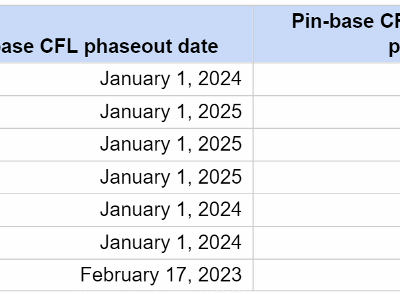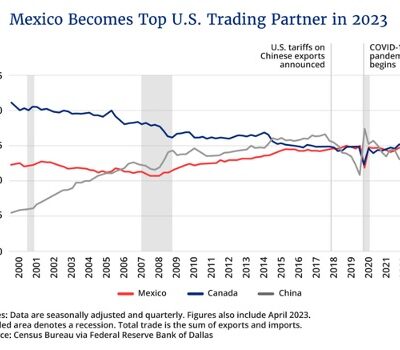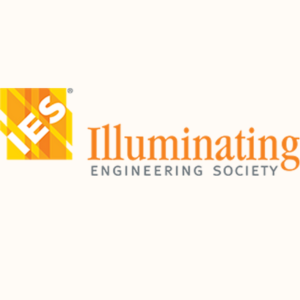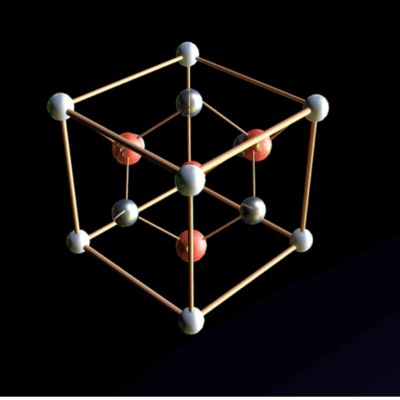Industry News
DLC Controls Summit ’23 Announces Panelists For NLC-HVAC Integration Session
The DLC Controls Summit has announced panelists for the session, A Brighter Future for NLC Energy Savings Through External Systems Integration, which will be held on Wednesday, 9/27. The panelists…
The Pioneering Age Of LiFi: What The IEEE 802.11bb Standard Means For Our Digital Future
By Jeroen van Gils, Founder & Managing Director of LiFi.co In a world where high-speed data transfer and reliable connectivity have become the backbone of our daily lives, the announcement…
Effective Dates For 7 States Banning Fluorescent Lamps
Colorado recently became the seventh state to ban nearly all fluorescent lamps. The other six states are: California, Hawaii, Maine, Oregon, Rhode Island, and Vermont. The above chart shows…
Mexico Surpasses China As Top US Trade Partner
In mid-July, Mexico passed China to become the U.S.’s largest trading partner. Experts say Mexico’s gains are due to the U.S. strategy of gradual economic decoupling from China. This…
Product Monday: Verozza’s MODULINE Track System Is Both Minimalist & Feature-Rich
Verozza’s MODULINE Low Voltage Track System excels at combining minimalist appearance with lots of value-added features. MODULINE is a 48V magnetic low-voltage track system that easily integrates general and…
Acuity’s Eric Gibson Talks Outdoor Lighting
I recently had the opportunity to interview Eric Gibson, Director, Product Market – Commercial Outdoor, Acuity Brands, for an article I developed for the November 2023 issue of tED Magazine,…
Announcing The LightNOW Fall Philanthropy Series
The lighting industry provides an essential element of life in our built environments, and though the industry evolves, one aspect remains constant, lighting industry philanthropy. The commitment of companies…
U.S. Economy Defying Recession Predictions
Despite many predictions of a recession this Summer, the U.S. economy continues to chug along strongly, including consumer spending on luxury items, which typically see reduced demand in a faltering…
Six New IES Standards In The Past Year
The IES has released six new standards during the past IES fiscal year. At a high level, three address ultraviolet (UV) sources, one addresses light pollution / sky glow,…
How Will A Gallium Shortage Affect LED Costs?
I’ve previously written about China’s gallium export ban not impacting current global gallium supplies here. I’ve also written about the recent 2023 DOE Critical Materials Assessment, here. A deeper…

















